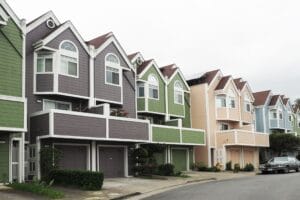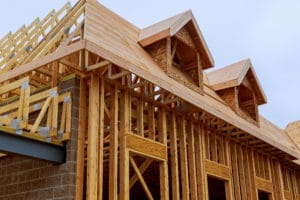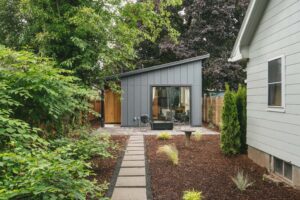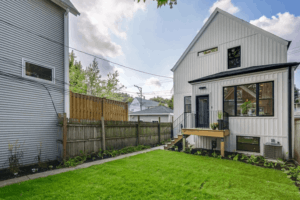Orange County Register: Much ADU about nothing

There are only three bad things about Accessory Dwelling Units. The first two are (1) the name, and (2) the acronym. Why does every good normal thing have to be given an anodyne cover name when it gets discussed in public policy?
ADU is a code name for in-law apartments, granny flats, over-the-garage apartments, and the other infinite variety of a second, small home attached to a main home that can be rented to a tenant. But that makes for a lot of words, so for simplicity, we call them ADUs.
So wait, what is the third bad thing about ADUs? Oh, that. They are illegal in too many jurisdictions. Zoning laws prevent them in single family districts, where they would significantly boost the supply of lower cost quality housing if they were allowed.
And even where zoning may allow them, permitting is an insurmountable obstacle for most homeowners who would otherwise want to add a rental unit to their property. In most cities, permitting regimes are designed to deal with large subdivision developments. Well capitalized developers can navigate these complicated permitting processes with expensive consultants, some of whom double as lobbyists.
A permitting process calibrated to high intensity development and its attendant impacts is too much for a mere homeowner who wants to add an apartment over their garage. But too frequently, all the same boxes must be checked.
And even after that gauntlet is run, many cities’ permitting approval processes allow significant input from neighbors and other stakeholders, many of whom oppose new housing of any kind. Depending on the political power of these Not in My Backyarders, an ADU project that (after considerable time and cost) meets all legal requirements may then be denied because of public pressure against all new housing.
This is a terrible outcome. Every city that faces high housing costs or a shortage of rental housing needs new units of all kinds.
There are a lot of understandable concerns about large new developments, from environmental impacts to public infrastructure finance. While large developments that can meet these concerns should certainly move forward, the controversy surrounding them means that not enough get permitted to meet housing needs.
Cities need an “all of the above” strategy that accelerates housing growth, and ADUs are an important part of that strategy.
ADUs are low cost to develop and provide a good income stream to homeowners who add them. This makes them an excellent investment. They are also easier for many people to manage as rental properties because they are on-site. Because of this proximity, ADU owners will tend to be careful about selecting their renters. This in turn should ease the concerns of neighboring homeowners about having renters nearby.
ADUs are a great rental resource for tenants. You get a landlord who is accessible, whose interest in stable long-term rental income likely makes them more open to rent concessions in return for a longer-term commitment. And a rental unit attached to a house in an otherwise single-family neighborhood may be more appealing to some renters than a larger apartment building.
This type of housing is a good opportunity for hard-working college students, young parents with small families trying to get into good school districts, single workers or couples who can live nearer to their work, and even family members who want to be near each other. An older child can get the support and stability that comes from living “near” home without the contemporary stigma attached to living at home. And elderly parents can be close to their grown children.
Cities also get a lot out of ADUs. They get increased housing supply backed entirely by private investment.
The increased tax base comes with very little, if any outlay for infrastructure. And neighborhoods can grow and develop organically, as cities have throughout history, rather than ossifying as a result of permanent single form zoning. Density can intensify gradually with ADUs, rather than suddenly and controversially as with larger rental property developments.
But cities hold the high card in whether ADUs can fulfill their potential. Zoning and permitting obstacles will prevent ADUs from becoming common. But “by right” permitting of ADUs that meet basic requirements would unleash them in many cities across America. They aren’t the magic bullet to solve the crisis of housing supply (there are no magic bullets), but they are too valuable to leave behind the zoning and permitting wall.
This op-ed was originally published by the Orange County Register on April 12, 2021.













